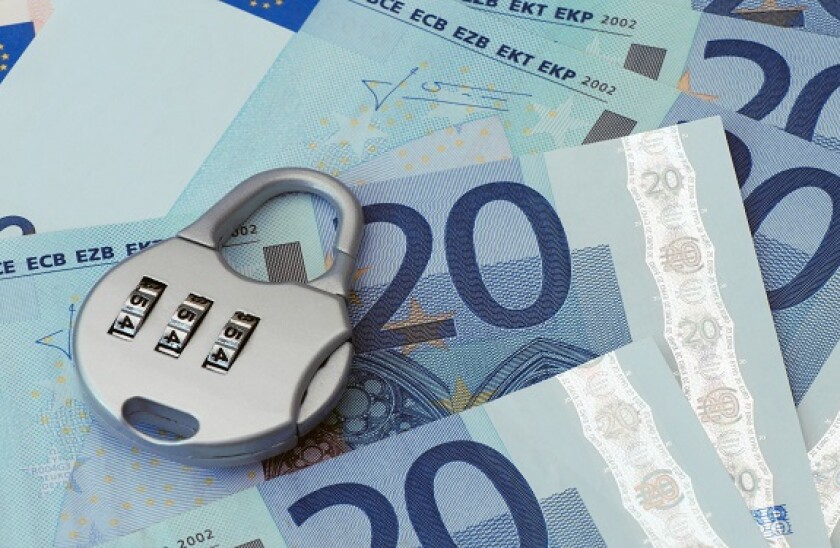When you ask a syndicate banker where a deal was priced versus the EU’s curve, you get hesitation, ums and ahhs, and frantic typing noises as they pull up the relevant bonds. That’s not a criticism of syndicate bankers. They have Bund and OAT spreads memorised. They don’t know spreads versus the EU because investors don’t care.
That tells us that the EU’s assets are still a long way from achieving the goal commissioner Johannes Hahn laid out: becoming the eurozone’s safe asset.
It is still early days, of course. The stream of EU supply may have risen from a country lane trickle to a teeming autobahn's worth of late, but it has still only been for less than a year. And then one must consider whether that autobahn is even headed in the right direction to reach the goal.
It isn't, which is a pity. The euro could certainly do with a safe asset, and the EU’s bonds, though they represent the whole of the bloc rather than just the eurozone, are the best candidate by a long way.
Sovereign debt officials say that scarcity of Bunds is a factor limiting investors’ allocations to eurozone periphery credits. If they had more Bunds to buy, they could buy more Bonos, OTs and BTPs, for example, without upsetting their risk managers.
But a report from the Delors Centre points out that by 2026, when the Next Gen EU funding programme will be complete, the supranational will have raised around €1tr. The present Bund stock is €1.5tr, while the OAT stock is €2.1tr and there are €2.2tr of BTPs knocking about.
When 90% of the EU’s bonds go straight into central banks, fund managers, insurance and pension funds, and bank treasuries, thereby falling out of the universe of active trading, it’s tough to see how the EU really provides a solution to the scarcity issue.
And of course, the present plan is that, from 2026, the stock of EU bonds will diminish until 2058, when they are slated to be paid off. This, as GC has previously observed, is not a suitable foundation for a safe asset. Then again, it may also just be wishful thinking, or messaging designed to be palatable to the frugal debt hawks.
Doom loop
It’s not just Bund scarcity that the eurozone safe asset would help with. The infamous sovereign doom loop, or banks’ holdings of their sovereign’s government paper, has been exacerbated by the Covid-19 issuance boom.
This could pose a threat to financial stability. If inflation returns, then rates could rise more quickly than economic growth and the threat of sovereign insolvency, so long held at bay by the ECB’s quantitative easing, could return in earnest. If that happens, the sovereign doom loop will spread the problem through the financial system.
The EU bonds could provide a valuable diversification opportunity for European investors — if they could get hold of enough of them.
Making the EU’s borrowing capacity permanent and increasing its scale to the degree necessary for a truly liquid safe asset are difficult political battles for the European Commission to fight.
The ECB can help by getting the technical ball rolling. The Delors report makes a number of valuable recommendations. At present, the ECB balance sheet cannot be more than 10% in supranationals. At present, its Pandemic Emergency Purchase Programme holdings are 8% supranational, and its other bond buying programmes are likely lower, but even at its present pace, the EU could well cause the ECB to hit that ceiling.
The limit is self-imposed, helps little and could be easily disposed of.
The ECB also imposes a greater haircut on EU bonds as collateral than it does for sovereign bonds. Given the EU is a better credit with richer bonds than many eurozone governments, this is another rule that adds little, and could easily be done away with.
A safe asset is a good and desirable concept for Europe, but it’s time to acknowledge that the EU needs a new approach if it wants to take up the mantle.
